Custom Workout Plan
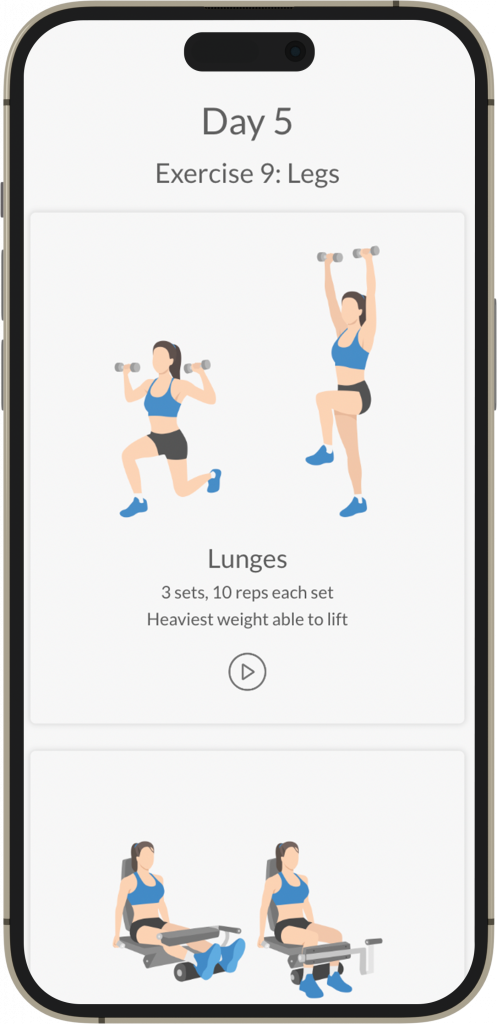
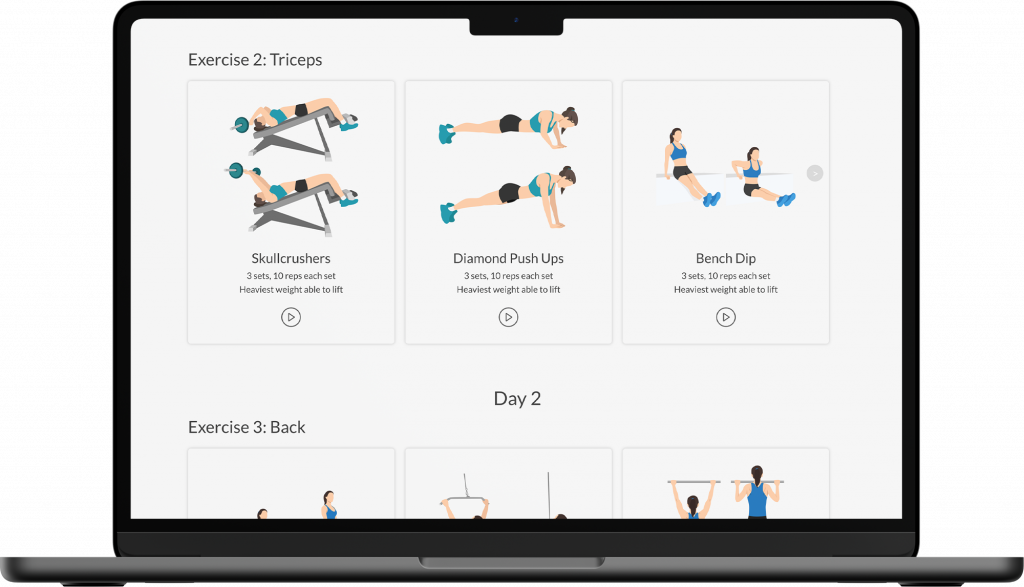
Our goal is to create the best workout plan that’s customized towards what you’re looking for. Whether you’re looking to lose weight, gain muscle, or to stay in shape, we have the right exercises and workouts for you to achieve those goals. Simply click on the button below to choose your body type and goal, and we’ll create an awesome workout plan to help you fulfill your goals for you.
Lose Weight
We help people lose weight with uniquely designed weight loss plans made specifically for your body.
Build Muscle
Bodybuilding is an art and we have the perfect workouts to target the right muscles for maximum muscle gain.
Get Toned
Show off muscle definition and the real slim you by getting toned with our personalized workout plans made for you.
How it Works
We help people transform their bodies with our unique workout plans made specifically for them.
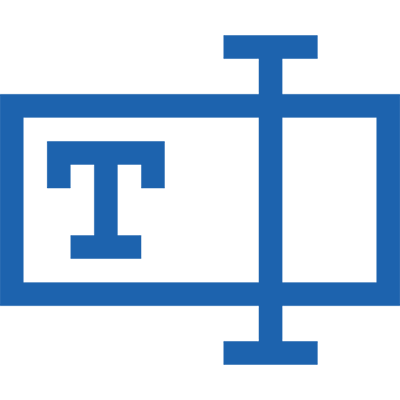
1. Enter Information About You
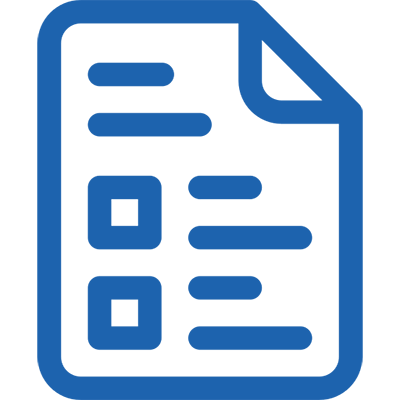
2. Select Your Goal
3. Get Your Workout Plan
Men
For the guys that want to lose weight or build muscle, we have the perfect workout plan for you. Our workout plans are designed to keep you looking your best and making you feel like you're on top of the world. We create the best workout plans for men that help you be in the best shape you can be.
Made For You
We’re here for you! Every plan that we craft is made specifically for your body type and your goals. If you have any questions, feel free to contact us. We are more than happy to help you along this journey. We’ve helped thousands of people already and we can’t wait to help you along your journey!
Are you tired of generic workout plans that don’t align with your goals? Look no further – with the Custom Workout Plan, you can finally create a fitness routine tailored to your needs.
Whether you’re a beginner, intermediate, or advanced athlete, this article will guide you through designing your own personalized workout plan.
Discover the importance of setting clear goals, determining the right exercises, and scheduling your workouts for consistency.
Take control of your fitness journey and achieve optimal results with a Custom Workout Plan.
Assess Your Fitness Goals
Now that you’ve decided to embark on a custom workout plan, it’s important to assess your fitness goals. Whether your main objective is weight loss or building muscle, understanding what you want to achieve will help guide your workout program.
By setting specific goals, you can tailor your workouts to focus on the areas that will help you achieve optimal results.
Let’s dive into how to assess and define your fitness goals.
Weight Loss
Assess your fitness goals for weight loss by determining your specific needs and preferences. To customize a workout plan tailored to your weight loss goals, consider the following:
- Incorporate cardio: Cardiovascular exercises, such as running, cycling, or swimming, can help burn calories and fat, aiding in weight loss.
- Focus on calorie burn: Choose exercises that maximize calorie burn, such as high-intensity interval training (HIIT) or circuit training.
- Utilize an exercise ball: Incorporating an exercise ball into your routine can engage your core and lower body muscles, helping you burn more calories and tone your body.
- Include lower body exercises: Exercises like squats, lunges, and deadlifts target large muscle groups in your lower body, which can help increase calorie burn and promote fat loss.
Build Muscle
To build muscle effectively, assess your fitness goals and determine the specific areas you want to target. This will help you create a workout plan that focuses on building muscle in those specific areas.
There are different workout routines and workouts that can help you achieve your goal of building muscle. One option is a full-body workout routine that incorporates compound exercises like barbell lifts, such as squats, deadlifts, and bench presses.
Another option is a split routine that targets different muscle groups on different days, like a push/pull/legs split. Whichever routine you choose, make sure to include exercises that challenge your muscles and progressively increase the weight you lift.
Determine Your Training Frequency
To determine your training frequency, assess your fitness goals and available time for exercise. Consider what you want to achieve and how often you can realistically commit to working out. Here are four key factors to help you pick the right number of workout days:
- Fitness Goals: Determine whether you want to build muscle, lose weight, improve cardiovascular endurance, or a combination of these. Your goals will influence the frequency of your workouts.
- Workout Builder: Utilize a workout builder or personalized training plan that takes into account your specific goals and available time. These tools can create a customized routine tailored to your needs.
- Time Availability: Consider how many days per week you can dedicate to exercise. Be realistic about your schedule and choose a frequency that you can consistently commit to.
- Focus and Recovery: Remember that rest and recovery are just as important as the workout itself. Plan for rest days to allow your muscles to repair and grow.
Select Exercise Types
Now that you have determined your training frequency, it’s time to select exercise types that will be a part of your personalized workout plan.
The exercise types you choose will depend on your goals, preferences, and available equipment. Whether you’re looking to build muscle, burn fat, or improve overall fitness, there are plenty of options to choose from.
Let’s explore different exercise types that can help you achieve your goals and create a workout routine that’s both effective and enjoyable.
Personalized Workout Plan
Selecting exercise types for your personalized workout plan can help tailor your fitness routine to your specific goals and preferences. To personalize your workout plan, consider incorporating the following:
- Resistance Training: Include exercises that target different muscle groups to build strength and promote muscle growth. Examples include squats, deadlifts, bench press, and rows.
- Cardiovascular Training: Incorporate exercises that elevate your heart rate and improve cardiovascular endurance. Options include running, cycling, swimming, or high-intensity interval training (HIIT).
- Flexibility and Mobility: Include exercises that improve flexibility and mobility, such as stretching, yoga, or Pilates. These can help prevent injuries and improve overall movement.
- Functional Training: Incorporate exercises that mimic everyday movements and improve overall functionality. Examples include lunges, planks, and kettlebell swings.
Generic Workout Exercises
Incorporating a variety of exercise types is key to customizing your workout plan and achieving your fitness goals. One popular workout routine for beginners is the Push/Pull/Legs (PPL) split.
This routine involves two lower body workouts, two pull workouts, and two push workouts per week. It focuses on compound movements like squats, deadlifts, and bench press using barbells.
The PPL split is ideal for individuals who want to train six days a week and build a great physique. By incorporating these exercises into your workout routine, you can work multiple muscle groups and improve your strength and physique.

Design Your Strength Routine
To design your strength routine, you should start by determining your fitness goals and selecting the appropriate exercises. Building a custom workout plan is crucial to achieving your desired results. Here are some steps to help you design an effective strength routine:
1. Set your goals: Determine whether you want to build muscle, increase strength, or improve overall fitness.
2. Select exercises: Choose exercises that target the muscle groups you want to work on. Options like squats, deadlifts, bench presses, and pull-ups are great for building strength.
3. Plan your schedule: Decide how many days a week you can dedicate to strength training and create a schedule that fits your availability.
4. Consider variations: Incorporate both bodyweight exercises and gym equipment into your routine to add variety and challenge.
Plan Cardiovascular Training
To plan your cardiovascular training, start by determining the number of days per week you can dedicate to cardio workouts. This will help you establish a consistent routine and ensure that you’re able to achieve optimal cardiovascular fitness.
Regular aerobic physical activity is essential for maintaining cardiovascular health and improving your overall fitness level. When planning your cardio workouts, it’s important to incorporate a variety of exercises that target different muscle groups and movements. This will help prevent overuse injuries and promote a balanced range of motion.
For example, you can include pushing movements like running or cycling, as well as pulling movements like rowing or swimming. By incorporating a mix of exercises, you can effectively target your cardiovascular system while minimizing the risk of injury.
Focus on exercises that engage large muscle groups, such as the legs and core, to maximize the cardiovascular benefits. Don’t forget to warm up before each cardio session and cool down afterward to prevent muscle soreness and promote recovery.
Schedule Rest and Recovery
Schedule regular rest and recovery days to optimize your workout plan. Rest and recovery are essential for allowing your body to repair and rebuild, ensuring that you continue making progress towards your fitness goals. Here are four reasons why scheduling rest and recovery is crucial:
- Prevent Overtraining: Rest days give your body a chance to recover from intense exercise and reduce the risk of overtraining. Overtraining can lead to decreased performance, increased injury risk, and burnout.
- Muscle Repair and Growth: During rest days, your muscles repair and rebuild, leading to increased strength and muscle growth. Rest also allows for the replenishment of energy stores, making you more prepared for future workouts.
- Injury Prevention: Rest and recovery help prevent overuse injuries by giving your muscles, tendons, and joints a break from repetitive movements. It allows your body to heal and adapt to the stress placed on it during exercise.
- Mental Recharge: Taking regular rest days can help prevent mental burnout and keep you motivated. It gives you a break from the physical and mental demands of training, allowing you to come back refreshed and ready to tackle your workouts.
Track Your Progress
Track your progress by regularly monitoring and assessing your fitness journey. Keeping track of your progress is crucial for staying motivated, reaching your goals, and making adjustments to your custom workout plan. A great way to track your progress is by using a variety of methods such as taking measurements, tracking your weight, monitoring your strength and endurance gains, and assessing your overall performance in different exercises.
To help you visualize your progress, here’s a table that you can use to record and compare your results over time:
| Exercise | Starting Weight/Reps | Current Weight/Reps | Progress |
|---|---|---|---|
| Bench Press | 135 lbs x 10 reps | 155 lbs x 8 reps | Increased weight, decreased reps |
| Squats | 185 lbs x 8 reps | 225 lbs x 6 reps | Increased weight, decreased reps |
| Pull-ups | Bodyweight x 5 reps | Bodyweight x 8 reps | Increased reps |
| Lunges | Bodyweight x 12 reps | Bodyweight + 10 lbs x 12 reps | Increased weight |
By tracking your progress in this way, you can see how your strength and hypertrophy are improving over time. Additionally, it’s important to vary your exercises to target different muscle groups and prevent plateaus. Incorporating compound exercises into your routine, such as squats and pull-ups, will engage multiple muscle groups and help you build overall strength. However, it’s essential to prioritize proper form and technique to minimize the risk of injury.
Remember to track your progress not only in terms of weight and reps, but also in terms of how you feel during and after your workouts. Pay attention to how your neuromuscular system is adapting to the exercises, and make adjustments as needed to optimize your results. Whether you’re focusing on your upper body or lower body, tracking your progress will guide you towards achieving your fitness goals more effectively.
Adjust for Plateaus
If you’re experiencing a plateau in your fitness progress, it’s time to make adjustments to your custom workout plan. Plateaus occur when your body adapts to the current routine and stops making progress.
Here are four ways to adjust for plateaus:
- Increase the intensity: Add more weight or resistance to challenge your muscles. This can be done by increasing the weight you lift or adding more repetitions to your sets.
- Try circuit training: Incorporate circuit training into your routine to keep your body guessing and prevent adaptation. This involves performing a series of exercises with little to no rest in between.
- Change up your exercises: Swap out some of your current exercises for new ones that target the same muscle groups. This can help stimulate new muscle growth and prevent plateaus.
- Take a break: Sometimes your body just needs a rest. Take a few days off from your regular routine to allow your muscles to recover and reset.
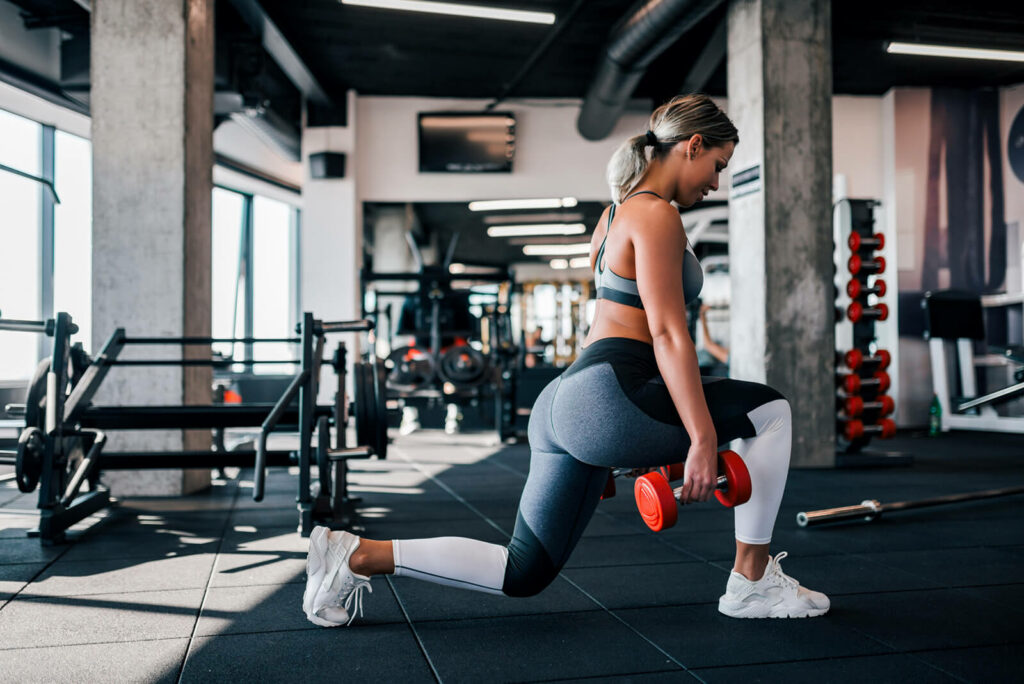
Allow for Flexibility
Make sure to incorporate flexibility into your custom workout plan. Flexibility is an essential component of any effective fitness program. By making your workout plan customizable and tailor-made to your specific fitness goals and needs, you ensure that it can adapt to changes in your schedule, preferences, and physical activity levels.
Incorporating flexibility into your routine allows you to sustain your commitment to regular exercise and prevents boredom or burnout. It also enables you to adjust your workouts based on your energy levels, recovery needs, and any unforeseen circumstances that may arise.
Make It a Lifestyle
Incorporating fitness into your daily routine is crucial for long-term success and a healthy, active lifestyle. Making exercise a lifestyle choice is essential for maintaining your progress and achieving your fitness goals. Here are four key reasons why incorporating fitness into your daily routine is crucial:
- Consistency: By making fitness a part of your daily routine, you ensure that you consistently engage in physical activity, which is essential for achieving results.
- Postural Alignment: Regular exercise, such as squats, deadlifts, and bench presses, can help improve your posture and prevent postural imbalances or injuries.
- Weight Management: Incorporating fitness into your daily routine can help you achieve and maintain a healthy body weight. By combining a well-designed workout plan with proper nutrition, you can effectively manage your body composition.
- Long-Term Health: Engaging in regular exercise has numerous health benefits, including reduced risk of chronic diseases, improved cardiovascular health, enhanced mental well-being, and increased longevity.
Frequently Asked Questions (FAQ)
What Are Some Exercises That Specifically Target the Abdominal Muscles?
To specifically target your abdominal muscles, incorporate exercises like crunches, planks, and Russian twists into your workout routine. These exercises engage your core and help strengthen and tone your abs for a stronger and more defined midsection.
How Can I Incorporate Supersets and Circuit Training Into My Workout Routine?
To incorporate supersets and circuit training into your workout routine, you can pair two exercises together with little to no rest in between. This increases intensity and saves time. Design a plan that alternates between strength and cardio exercises for a challenging and efficient workout.
What Are Some Effective Mobility Exercises for the Hips and Shoulders?
To improve mobility in your hips and shoulders, try exercises like hip circles, shoulder dislocations, and shoulder rotations. These exercises can help increase flexibility, reduce stiffness, and prevent injuries. Incorporate them into your warm-up and cool-down routines for optimal results.
Are There Any Specific Joint Health Considerations When It Comes to Using Workout Equipment?
When using workout equipment, it’s important to consider joint health. Make sure to use proper form and technique to avoid injury. Focus on exercises that promote stability and mobility to support your joints.
How Can I Adjust My Workout Routine to Break Through a Plateau and Continue Making Progress?
To break through a plateau and continue making progress, you can adjust your workout routine by adding variety, increasing intensity, and challenging yourself with new exercises or techniques. Keep pushing yourself and never give up!
Creating a custom workout plan is essential for anyone looking to lose weight, gain muscle, or improve overall fitness. A well-structured fitness plan can turn the sedentary into kinetic wonders, utilizing a blend of resistance training and aerobic exercise to stimulate blood flow and fiber growth for maximal gains. The ideal workout plan based on bodybuilding principles often includes a mix of full-body workouts and a ppl (push, pull, legs) split to cover all muscle groups effectively. For example, a week may start with a focus on compound lifting movements for strength and conditioning, progressing from 3-6 sets of 8-12 reps, ensuring a training volume that supports growth while remaining in a caloric deficit for fat loss.
Free online workout planners have revolutionized how we design a free personalized fitness regime. These workout planners allow users to build a workout plan that includes exercises like pullups for the back, various pushes for the triceps and chest, and squats for the thigh muscles. These planners also help in plotting out faster times for progression, ensuring that workouts are neither premature nor too intense, which could lead to overtraining or injury.
For those new to fitness or looking to switch up their routine, a free workout generator is a valuable tool. It can create a plan that incorporates everything from mins of high-intensity interval training to longer, steady-state sessions for endurance. An online workout platform might also feature free workout plans that are tailored to individual needs, accounting for lifting experience and the desired pace of results. The goal is always to improve strength and conditioning while fostering a sustainable, healthy lifestyle change.



